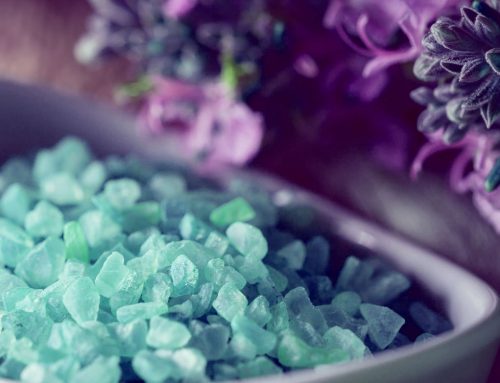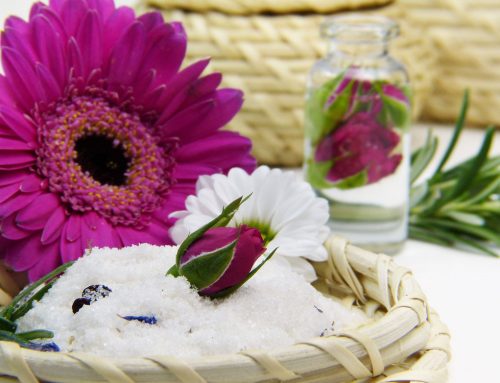Ancient Mesopotamia
Thermotherapy in history. The ancient Sumerians, who invented writing and (happily for us) wrote on clay tablets, left a “surprisingly large and comprehensive set of medical texts”1 showing they were excellent diagnosticians with an organised, practical approach to therapy.2 Their pioneering knowledge was passed on, and further developed, by the Akkadians, Assyrians, Babylonians and Egyptians. Unfortunately, I can’t find any evidence of their use of thermotherapy… but many tablets have yet to be translated, or translated by people who don’t know medical terminology. Despite this, there are some tantalising clues that they used hydrotherapy (until recently nearly all thermotherapy was applied using water).
The first clue is that they washed wounds with warm water (mixed with beer, as an antiseptic). They were also careful to wash their own hands in clean water to prevent infections. Obviously, they knew some things about the uses of water.3
The second clue is that Sumerian practical therapists, the equivalent of our pharmacists1 were called a-zu, a name that means “the one who knows water”4, presumably relating to divination with the aid of the god of water and healing, Enki or Ea5,6.
Ancient Greece
Further on thermotherapy in history, in ancient Greece, Hippocrates codified the effects of hot and cold water and recommended bathing, perspiration, walking and massage to treat and prevent disease. He devoted large sections of his writings to thermotherapy.7

Cross-section of the Baths of Diocletian, rendering by French architect Edmond Paulin.1880
By the time the Romans were building their thermae across their empire, the Indians, Chinese, Egyptians and Greeks had already been using thermotherapy for centuries.7
Japan and Europe
Japanese hot baths and Finnish saunas are examples of thermotherapy in history and are still popular today. The widespread use of baths to treat the disease can be seen from baths with names such as “Russian steam bath”, “Turkish bath” and “Scotch shower”.8
In Europe, much of this tradition was lost during the middle ages but modern thermotherapy began with lay practitioners in the nineteenth century, the Silesian peasant Vincent Priessnitz and Bavarian priest Sebastian Kneipp.9 Dr Wilhelm Winternitz placed their practices on a more scientific basis and thermotherapy spread throughout Europe and the US.10
My personal understanding of this “traditional” hydrotherapy came from Drs Kellogg and Abbott, who used thermotherapy in the US in the late 1800s and early 20th century11. Dr Kellogg dedicated his 1,200-page textbook, Rational Hydrotherapy, to Dr Winternitz.12
The Principles and Practice of Medicine
In English-speaking countries, hydro/thermotherapy was considered a normal part of medical practice up until World War I. Sir William Osler, the father of modern medicine,13 included hydrotherapy protocols for many diseases in his best-selling medical text, The Principles and Practice of Medicine (for example broncho-pneumonia14 and typhoid fever15). However, with pharmaceutical advances, hydrotherapy has largely disappeared from English-speaking medical practice.
In contrast, other countries, such as Germany, baths and spas continue to be part of medical practice, indicating that modern allopathic medicine and thermotherapy are compatible, at least in rehabilitation and recuperation.
Recently thermotherapy has shown promise in congestive heart failure, hypertension, dementia, diabetes and rheumatoid arthritis.16
Other scientists have been studying how the body reacts to heat. They find that heating the body has similar health benefits to exercise17. A great way to begin a journey to better health for those who are unable to exercise.
References
- Scurlock J. Sourcebook for Ancient Mesopotamian Medicine. Society of Biblical Lit; 2014, Introduction.
- Moore L. Comparison of ancient Mesopotamian and Hippocratic medicine. 22 Jan 2017 [cited 18 Sep 2020]. Available: https://hekint.org/2017/01/22/comparison-of-ancient-mesopotamian-and-hippocratic-medicine/
- Mark, Joshua J. “Health Care in Ancient Mesopotamia.” Ancient History Encyclopedia. Ancient History Encyclopedia, 21 May 2014. Web. 08 Nov 2020
- Silva J, Martins E. Medicine in Ancient Mesopotamia–Part 1. Acta Medica Portuguesa. 2009;22: 841–854.
- Inskeep RR. Health Hazards and Healing in Antiquity. The South African Archaeological Bulletin. 1969. p. 25. doi:10.2307/3888363
- Salem SI. Medicine in Ancient Mesopotamia. Encyclopaedia of the History of Science, Technology, and Medicine in Non-Western Cultures. 2016. pp. 2970–2974. doi:10.1007/978-94-007-7747-7_9273
- Gianfaldoni S, Tchernev G, Wollina U, Roccia MG, Fioranelli M, Gianfaldoni R, et al. History of the Baths and Thermal Medicine. Open Access Macedonian Journal of Medical Sciences. 2017. pp. 566–568. doi:10.3889/oamjms.2017.126
- Wilhelm Winternitz. https://en.wikipedia.org/wiki/Wilhelm_Winternitz
- Pages in Hydrotherapy Techniques section. [cited 18 Sep 2020]. Available: https://www.traditionalhydrotherapy.com/Techniques/PageIndex.html
- Contributors to Wikimedia projects. Hydrotherapy. Wikimedia Foundation, Inc.; 22 Jun 2004 [cited 18 Sep 2020]. Available: https://en.wikipedia.org/wiki/Hydrotherapy
- About. Traditional Hydrotherapy. [cited 22 Nov 2020]. Available: https://www.traditionalhydrotherapy.com/about.html
- Rational hydrotherapy, a manual of physiological and therapeutic effects of hydriatic procedures. John Harvey Kellogg. [cited 22 Nov 2020]. Available: https://archive.org/details/1879998.med.yale.edu/page/n7/mode/2up
- Contributors to Wikimedia projects. William Osler. Wikimedia Foundation, Inc.; 11 Nov 2002 [cited 18 Sep 2020]. Available: https://en.wikipedia.org/wiki/William_Osler
- The Principles and Practice of Medicine. Internet Archive. [cited 22 Nov 2020]. Available: https://archive.org/details/principlesandpr00mccrgoog/page/n136/mode/2up
- The Principles and Practice of Medicine. Internet Archive. [cited 22 Nov 2020]. Available: https://archive.org/details/principlesandpr00mccrgoog/page/n66/mode/2up
- Laukkanen JA, Laukkanen T, Kunutsor SK. Cardiovascular and Other Health Benefits of Sauna Bathing: A Review of the Evidence. Mayo Clin Proc. 2018;93: 1111–1121.
- Faulkner S. A hot bath has benefits similar to exercise. The Conversation; 20 Mar 2017 [cited 22 Nov 2020]. Available: https://theconversation.com/a-hot-bath-has-benefits-similar-to-exercise-74600
 AUTHOR
AUTHOR
BRUCE THOMPSON
BAppSc-Physiotherapy, Sydney University 1978
Bruce Thompson is a qualified Physiotherapist who has been using and teaching hydrotherapy for over 30 years.
See also:
traditionalhydrotherapy.com
hydro4covid.com




Leave A Comment